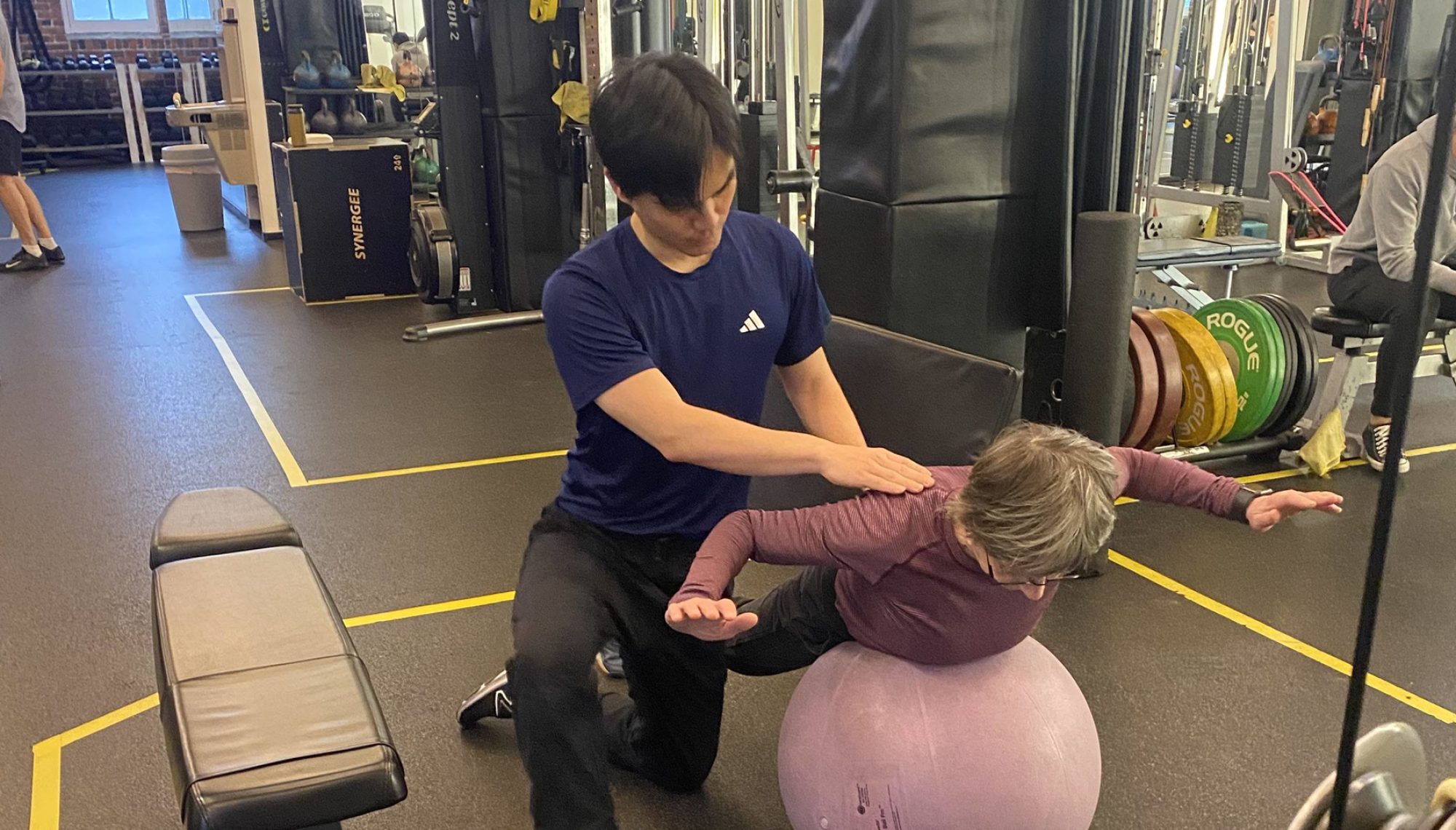Lunges are a popular lower-body exercise that can improve strength, flexibility, and balance. However, many individuals struggle with stability while performing lunges, which can limit their effectiveness and increase the risk of injury. This article will explore the key factors that influence stability during lunges and provide practical solutions to help improve balance and form.
Lunge Width and Stability
The width of your stance plays a significant role in your stability during lunges. If your feet are too close together, maintaining balance can be challenging. A simple adjustment is to keep your feet shoulder-width apart throughout the movement. This wider stance increases your base of support, helping to improve balance and control. If you’re feeling unstable during lunges, widening your stance is a great place to start.
Ankle Stability and Flat Feet
Ankle stability is another crucial factor. If you have flat feet, lunges can become particularly difficult because your arches are not providing enough support. This lack of arch can cause instability and make it hard to maintain balance. While seeing an orthopedist for insoles is one solution, you can also address this issue by actively engaging your feet. Try to “grab the ground” with your front foot by squeezing it, which helps create an arch and improves stability.
Knee Position and Hip Stability
Lastly, the position of your front knee is vital for maintaining stability. If your knee collapses inward during the lunge, it could be due to weak gluteal muscles, specifically the gluteus medius and minimus. These muscles play a key role in hip stability and controlling knee alignment. Strengthening these muscles through targeted exercises, such as lateral leg raises or clamshells, can help you improve stability and prevent the knee from collapsing inward.
Conclusion
Improving stability during lunges requires attention to foot placement, ankle stability, and knee alignment. By making simple adjustments such as widening your stance, engaging your foot to create an arch, and strengthening your hip stabilizers, you can significantly enhance your lunge stability. These modifications will not only help you perform lunges more effectively but also reduce your risk of injury and improve your overall movement quality.
Contact us for our Personal Training Services

